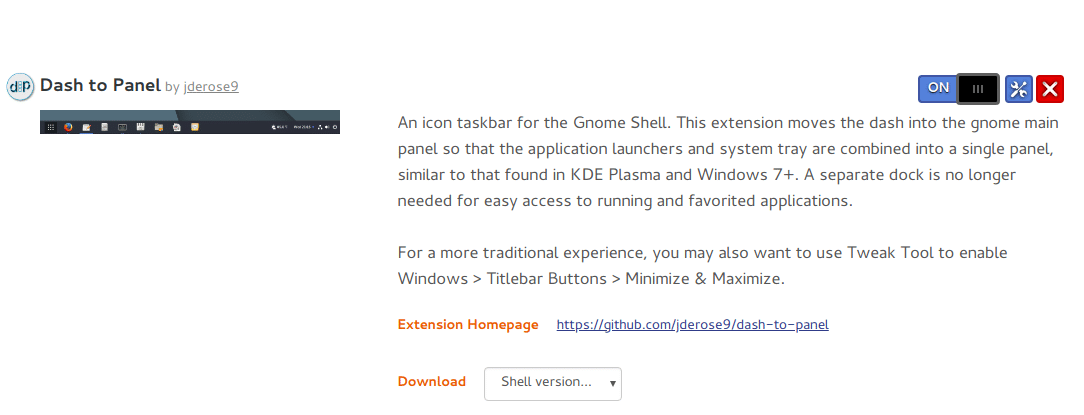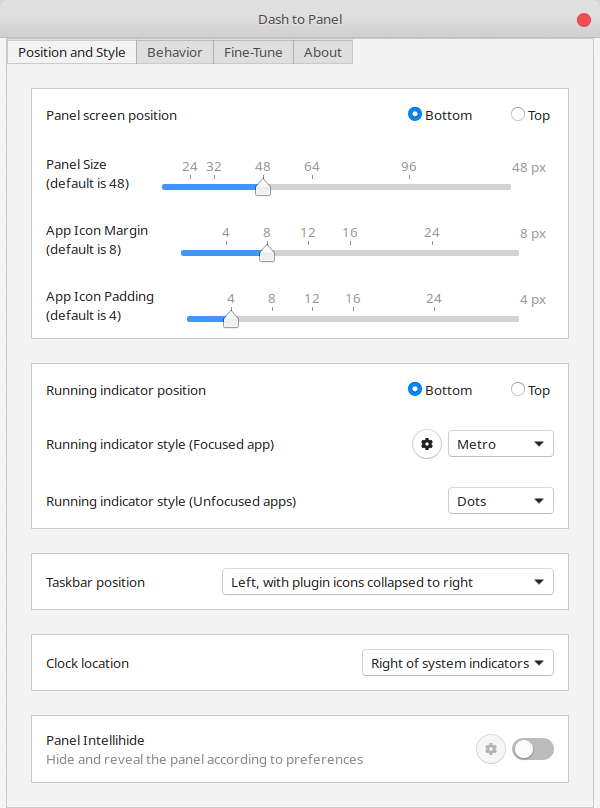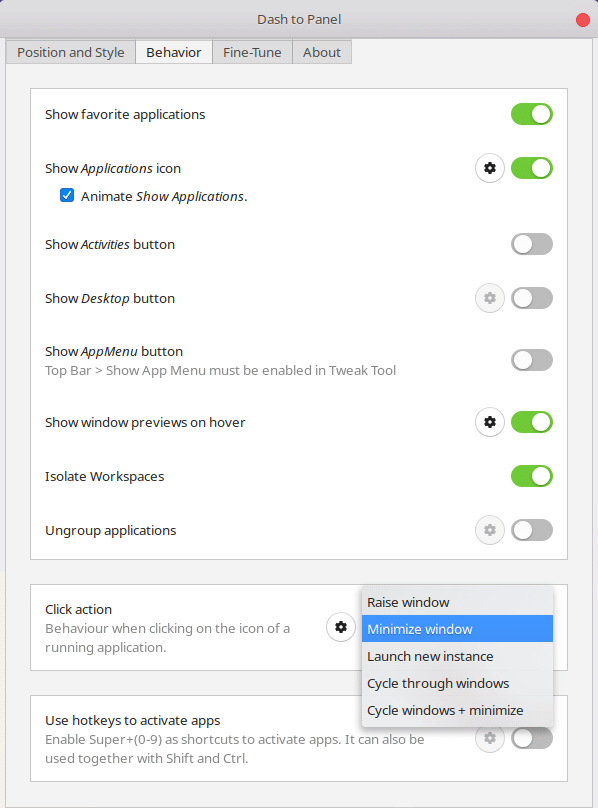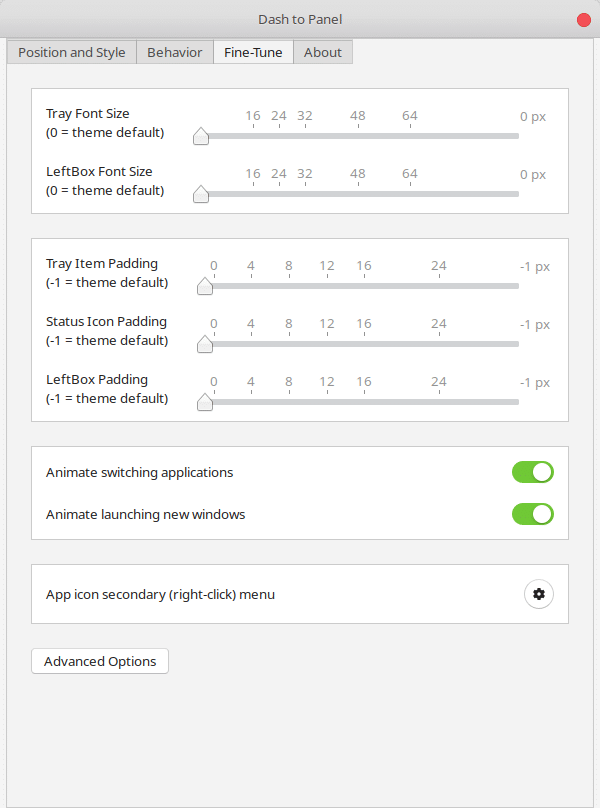Windows may have many drawbacks, old outdated ways, and some things that are just pure crap. However, the Taskbar is one of the most incredible and underrated features in Windows. It has been around since Windows 95. The Taskbar is a panel that contains all system controls, icons, currently running tasks, the start button, and favorite apps. Dash to Panel is a great GNOME extension that gives Ubuntu a Windows makeover. You can get a Windows-like Taskbar on Ubuntu by installing a GNOME Shell extension.
Apple’s macOS uses a dock at the bottom and a menu bar at the top. Ubuntu does this more efficiently with the dock on the left, but the desktop still takes up more space, unlike Windows. Sure, the dock looks prettier, but the taskbar is simply a more efficient use of space. It’s understandable if some people do like the taskbar. On the GNOME desktop, you can easily disable the top panel and turn the dock into a taskbar.
Dash to Panel
This is possible because of the GNOME extension called Dash to Panel, developed by jderose9. It brings the GNOME app launcher to the bottom of the desktop and combines the system tray. This creates a taskbar similar to the one on Windows and KDE Plasma. It works great by default, but if you want a bit more Windows-like functionality, you may have to tweak the settings. Before you can do that, you’ll need to install the extension. If you don’t know anything about GNOME extensions, you can check out the post where we discuss
Head over to the GNOME extensions page, turn on the toggle to select the Shell version, and install the Dash to Panel extension when the pop-up appears.

The extension will be installed and enabled immediately. You should see your top panel disappear, and a taskbar appear. Now, you need to configure Dash to Panel to get the Windows-like taskbar on your Ubuntu computer.
Configure Dash to Panel
Don’t miss: How to Record Screen as GIF in Ubuntu
To configure the extension, you’ll need to access the configuration module. You can do this from the GNOME Tweak Tool by clicking the gear icon next to the extension. If you don’t use GNOME Tweak Tool, visit the Dash to Panel web page again from the link above, and you should see a settings button next to the toggle. Click it.
When the configuration module opens up, you’ll find your GNOME taskbar is a whole lot more customizable than the Windows taskbar could even imagine, if it could imagine. From the panel size, icon margin, and padding, to the way running apps are highlighted and where the icons are placed. Windows users have long been trying to find ways to center the taskbar icons. On your GNOME taskbar, this is as easy as selecting a center layout from the Taskbar position drop-down menu. There’s a lot for you to explore here, but there’s one thing you may want to change.
Change the behavior
Under the Behaviour tab, towards the bottom, you’ll find a drop-down menu next to the label Click action. This defines what happens when you click on the icon of a running task. Traditionally, the click action is expected to minimize the window of the currently running app.
On Ubuntu, because this isn’t the default action on the dock, this isn’t the default action in your taskbar as well. Therefore, you might want to select the Minimize window from the drop-down menu. Here, you can also define other click actions by clicking the gear icon. For instance, what happens when you click while holding the Shift key, or click with the middle mouse button, etc?
Modify Taskbar tray icons
Next to the Behaviour tab is Fine-tune, where you can modify the appearance of the tray icons the way you can for the taskbar icons under the Position and Style tab. You can also toggle on or off app launching and switching animations and modify the right-click menu. By default, right-clicking on an app icon shows the option to Quit, if the app is running, Remove from favorites, and the app’s right-click menu. You can change this by clicking on the gear icon next to the App icon secondary (right-click) menu.
Finally, you have a Windows-like taskbar on Ubuntu, and don’t forget to check out how you can install XFCE Desktop on your computer.
Read next: How to Record Screen on Ubuntu as GIF



